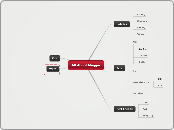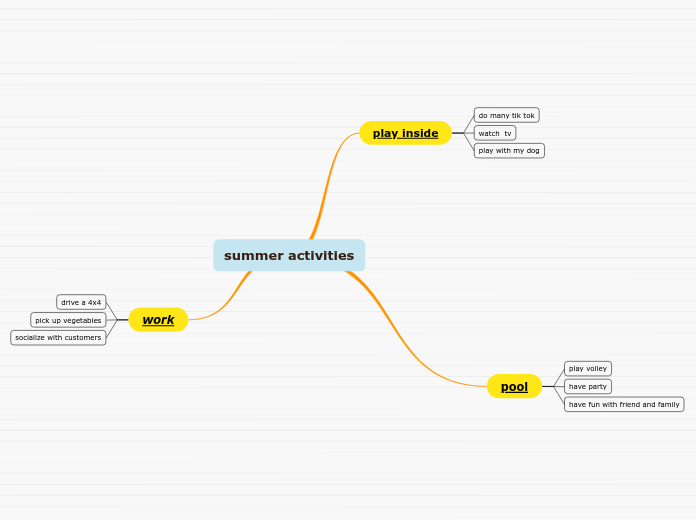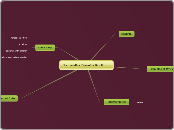Juan Felipe Hurtado - Leidy Johanna Lasso Yina Paola Charrupi
machines in general
WHAT IS A SCREW
A screw is really a type of inclined plane. The inclined plane is wound around a post.
Screws can be used to lift things. Examples of screws include some car jacks and
some piano stools in addition to the screws we typically buy at the hardware store
WHAT IS A WEDGE
A wedge combines two inclined planes back to back. Wedges
move objects apart by being forced under or between them
Wedges change the direction of force applied to them. When
you push down on a wedge, the wedge pushes out on the two
planes that it is in between
WHAT IS AN INCLINED PLANE
An inclined plane consists of a tilted flat surface
The inclined
plane allows us to move objects upward more easily than lifting
the object directly. Raising an object to a particular height
requires a certain amount of work
WHAT IS A PULLEY
A pulley is a grooved wheel that spins on a fixed axis with a rope or chain moving
over the wheel
Fixed pulleys involve wheels and rope that are fixed in place.
They make lifting easier by changing a push upward to a pull downward.
Examples of fixed pulleys include flagpoles or miniblinds. Movable pulleys are
attached to each other and move with resistance. They make work easier by
changing the force. A pulley system called a block and tackle consists of both
fixed and movable pulleys. It makes work easier by changing the direction of
force and decreasing the force needed to perform the work.
WHAT IS A WHEEL AND AXLE
A wheel and axle involves a circular rotating part (the
wheel) that turns around a shaft (the axle). Turning one
part turns the other
Examples include
a doorknob, bike
handlebars, and car wheels. Wheels with teeth that fit into
one another are called gears. As one gear turns, that gear
turns another gear. We find gears in can openers, bikes, cars, and mechanical clocks.
WHAT IS A LEVER
A lever consists of a rigid bar that pivots (turns) around a fixed point, the fulcrum. Levers come
in three types:
First Class: We most commonly think of first class levers, like a teetertotter
or seesaw. In a first class lever the fulcrum lies between the force
and the work to be done, or load. First class levers include such things
as pliers, scissors and crowbars
Second Class: In second class levers the load lies between the force and the
fulcrum. Nutcrackers and wheelbarrows provide examples of second class
levers
Third Class: In third class levers the force exists between the work and the fulcrum. Examples
of third class levers include your lower arm (your elbow is the
fulcrum), a broom and tweezers.
CONCLUSION
Next time you’re at a picnic, you’ll still surely marvel at tiny ants carrying your bread crumbs
away. But you now know that humans can move large loads, too. Since the building of the
pyramids (and before), humans have used simple machines to make seemingly impossible tasks
possible. Today, humans design and operate machines of all sizes, from gigantic cranes used to
construct the highest skyscraper to microscopic machines found in our most advanced
WHAT IS WORK
accomplish work more easily. In other words, machines convert forces into a form most useful
for the task.









